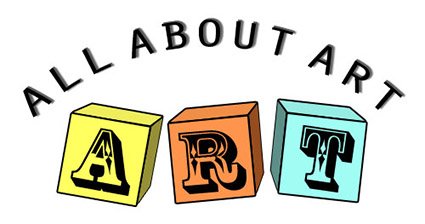History And Facts About Capoeira
What do you imagine when you hear capoeira ? Martial arts, dance, music, acrobatic movements ? Everything is true because this Brazilian martial art is very special. Not like other martial arts that only prioritize self defense, capoeira embraces other aspects, art and socialization. Now i will discuss about history and facts about capoeira. Let's check it out....
1.Came From Angola
Most of you must think the original capoeira from Brazil civilians, right ? That's not entirely true, because the slaves of Angola were the ones who developed capoeira in Brazil. Angola is a name of a country in Africa believed to be the origin or root of traditional capoeira at the time of slavery in which the Portuguese settled in Brazil in the 16th century and enslaved the African people that mostly from Angola
2. Early Capoeira In Brazil
The flow of slaves entered into Brazil around 1500-1530 until 1888. They brought many natives African cultures. Because in those days the slaves were not allowed to learn self-defense, so they disguised the martial art as a dance. These slaves train martial arts while the guard leave and turns them into dances when the guard come. They give a mark or code with musical instruments and dance. The slaves designed it to resemble a dance so that the landlord didn't know that the slaves kept martial energy. Capoeira transformed into a Brazilian martial art but with a very strong African influence. Capoeira itself is a martial art that consists of kicks, displacement and dodge. Capoeira was inaugurated into a cultural heritage by UNESCO on November 26, 2014.
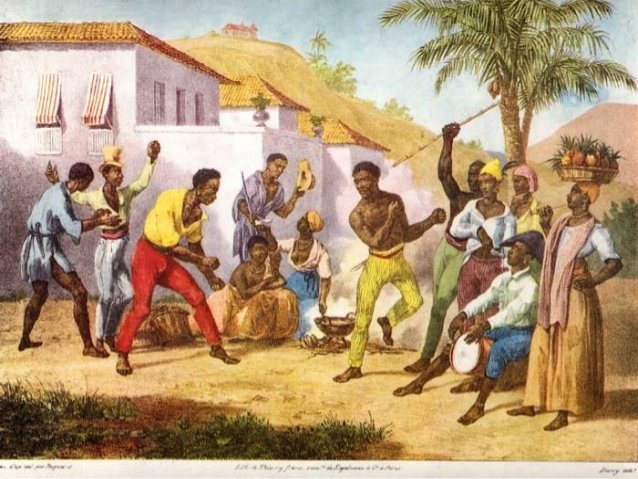
3. Use Traditional Musical Instruments
Capoeira is played in a circle with several musical instruments. The instrument used in Capoeira is :
- Berimbau - Berimbau is a traditional musical instrument from Brazil that used in jogo or a game in capoeira. Some parts of berimbau are verga, cabaca, dobrao, arame, and baqueta. In playing the berimbau is usually equipped with one more musical instrument called caxixi
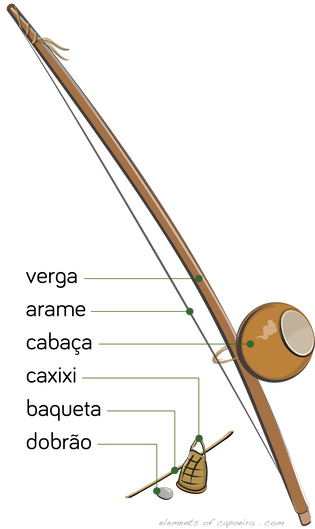
- Lalua da Atabaque - The second most important musical instrument after berimbau. Used to create taps and steps in Capoeira games. Atabaque is a high musical instrument made of Jacaranda wood and topped with cowhide.

- Jimbe - Jimbe is a traditional musical instrument originating from an African country. This musical instrument is a musical instrument that has a skin hit membrane, or mica. This musical instrument belonging to the type of rhythmic musical instrument, the musical instrument is not pitched and can only produced beats only.
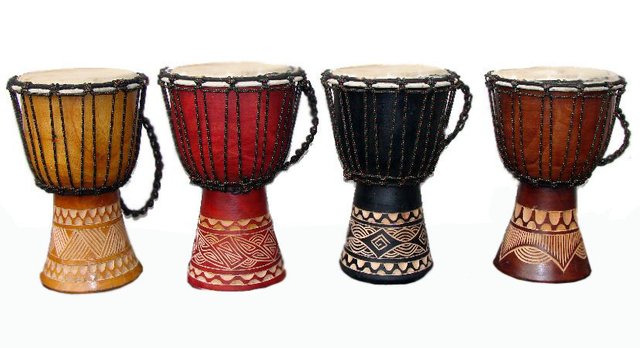
- Pandeiro - Pandeiro is a type of hand-held drum frame with a round wood frame and six pairs of metal discs fit along the sides, and animal skin or nylon head; similar to a tambourine but with adjustable head tension and a sharp, dry, and less sustainable jingle, is used in some form of Brazilian music.
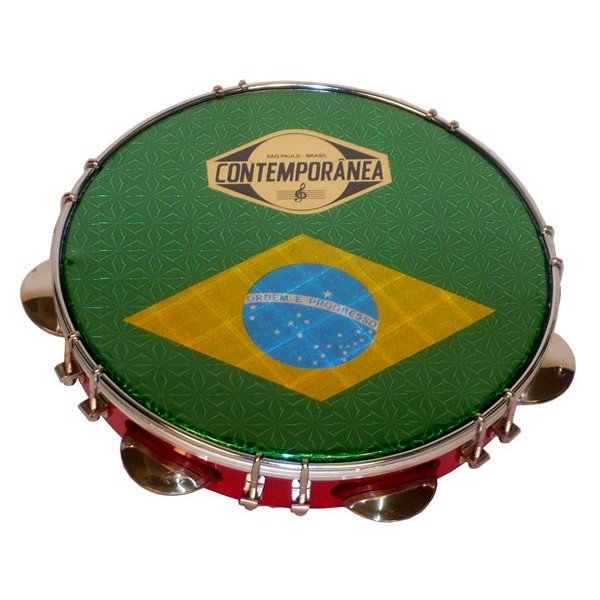
4. Capoeira Has a Rankings
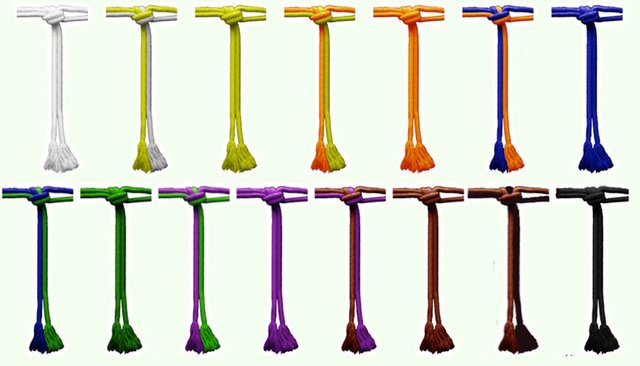
Just like any other martial art, capoeira also has levels marked by the color of the belt by Capoeirista (the person who studies capoeira). The belt is also called corda. Although the level on capoeira itself is different, but in general the first level starts from Iniciante(beginner), that is in learning capoeira from zero. Here's the meaning of corda or belt in capoeira :
- White (Iniciante) - Is the basic corda of capoeira. Signifies that instead of being seen as a experienced, the students are viewed as full of potential for growth.
- Yellow/White (Aluno Batizado) - Usually this corda given to students to welcome them to capoeira world.
- Yellow (Aluno) - At this level, the students begin to show understanding of capoeira game, and have knowledge basic movements, such as kicks and movement, and also music. Students know many chorus songs and start practicing instruments.
- Orange/Yellow (Aluno) - Transition Corda.
- Orange - At this level students have a deeper understanding of capoeira game. They are now begin to use various kicks and acrobatic movements. At this level, students are also able to sing solo during the wheel and play different instruments.
- Blue/Orange (Monitor) - Students get the Monitor degree at this level. They themselves began to learn how to teach, and may even be able to teach under the supervision of the instructor they. They also help the lower levels in need help. As a Capoeirista, students are at this level right now fully incorporating a wide range of kicks and movements acrobatic, has a great repertoire, and can play any musical instrument.
- Biru (Graduado) - At this level, students get graduado degree, which means "Passed". In a sense, this is the beginning new for students, new Corda Crua, because as mentioned before, the assessment is based more on teaching ability, which is a new step for students. They must learn to share their own knowledge with other students. This is the reason students at this level are encouraged to start teaching their own classes.
- Blue/Green (Graduado/Instrutor) - A Graduado start teaching classes get titles and with respect to Instrutor (Instructor).
- Green (Instrutor) - At this level, Capoeirista continues to improve Their overall skills, which are now included ability to teach. They are very strong in wheels, and just as strong as teaching a class. Power they are from their ability to include Malicia, or deviousness, into their game. Malicia this which gives Capoeirista their ability to surprise and confusing their opponents.
- Green/Purple (Instrutor) - Transition Corda.
- Purple (Profesor) - To reach this level, Capoeirista has not only proven itself as a martial artist self-skilled, but also proficient teachers. Professor considered very high, because they have come very far and away have devoted their lives to be a part of Capoeira. Their Malicia skills continue to increase, because they now have the ability to apply knowledge which they get in wheels with their deals on the outside world, and vice versa.
- Purple/Brown (Profesor) - Transition Corda
- Brown (Contramestre) - Contamestre is not just a few the most important figure of their group, inside capoeira world itself they are the right hand of Mestre in their group, and most respected. Even at this level, they're respected as Mestre.
- Black (Mestre) - This is the highest and most difficult level to achieve. After graduate on black corda, capoeirista was titled "Formado" or formed. They should get the Mestre title through years of practice, teaching, and spreading the art of capoeira.
5. Get a Nickname
This is one of uniqueness when joining Capoeira. Each Capoeira teacher will give a nickname or nickname to his students, of course, this nickname is given in Portuguese, it can be the name of animals, inanimate objects, household appliances and even adjectives. Well, this nickname or nickname is given based on the physical, movement of each Capoeirista.
